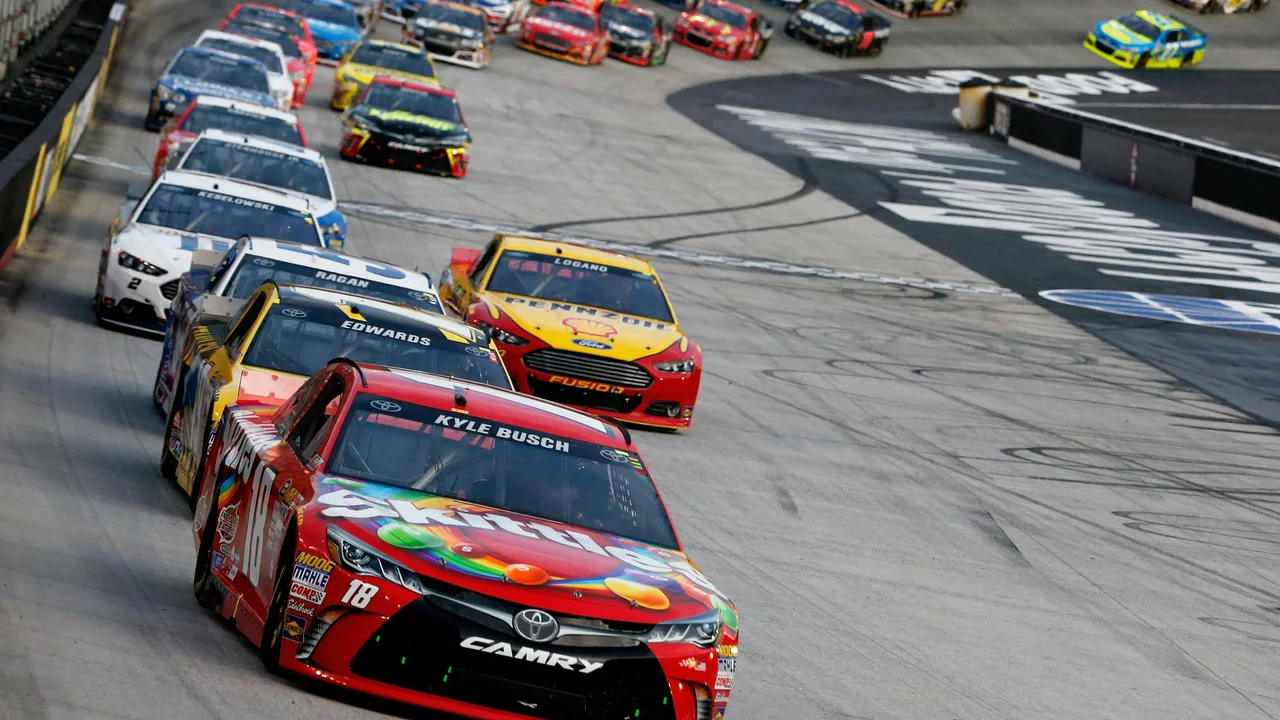Well folks, let's talk about our speed demon, Audi, and its reign over LeMans. It's like a cheetah in a field of snails! The secret sauce? High-tech innovation and unparalleled endurance. The beast is built to last, with an engine that runs smoother than a hot knife through butter, while its fuel efficiency is like a camel in a desert race, guzzling less but going further. And let's not forget the pit crew, working faster than a kid unwrapping candy, keeping Audi in the game. So, Audi's dominance at LeMans? It's not rocket science, folks, it's just the perfect blend of speed, stamina, and a sprinkle of pit stop magic!
July 2023 Motorsport Insider UK Archive – Must‑Read Racing Stories
July was packed with hot takes and practical advice for anyone who loves speed or just needs a career boost. Below you’ll find quick rundowns of the four pieces we published, plus why they still matter today.
Audi’s Le Mans Mastery
Our first story asked a simple question: why does Audi dominate Le Mans? The answer boiled down to three things – relentless tech, a stamina‑focused engine, and a pit crew that works like a well‑timed relay. Audi’s hybrid system squeezes extra power without draining fuel, letting the car stay fast for the full 24 hours. Meanwhile, the crew’s ultra‑fast tire changes keep downtime to a bare minimum. The result? A car that feels built for endurance, not just raw speed.
NASCAR vs. Formula 1 – What Sets Them Apart?
If you’ve ever wondered how NASCAR differs from F1, we broke it down in plain English. NASCAR sticks to oval tracks, meaning drivers perfect drafting and side‑by‑side battles. F1, on the other hand, races on twisty circuits that test aerodynamics and precision. The cars reflect that: NASCAR’s heavy, robust machines are built for durability, while F1’s lightweight, aerodynamic pods chase pure speed. Strategy shifts, too – F1 relies on tyre management and split‑second decisions, whereas NASCAR leans on long‑run pacing and fuel conservation.
Beyond the technical side, we noted cultural gaps. NASCAR’s fan base is rooted in the US, with a love for close‑quarters racing. F1 enjoys a global following, drawing fans who appreciate high‑tech engineering and varied tracks.
When a Dream Job Slips Away
Missing out on that perfect role can feel like a punch to the gut. Our guide helps you turn that sting into forward motion. First, give yourself permission to feel disappointed – it’s a natural part of the process. Then, dissect what went wrong: was it a skill gap, timing, or simply the right fit? Use that insight to upskill or pivot toward new opportunities. Finally, stay open‑minded; the job you thought you wanted might not be the one that leads to long‑term satisfaction.
We reminded readers that career paths rarely follow a straight line. Comparing yourself to others only stalls progress. Instead, focus on incremental growth and keep a positive outlook.
European Take on NASCAR and IndyCar
Our fourth piece explored how Europeans view American‑style racing. Many admire the raw excitement of NASCAR and IndyCar, especially the high‑speed ovals that feel like a rollercoaster. Yet, a sizable chunk still see them as less sophisticated compared to Formula 1’s technical depth and track variety. The consensus? Respect for the effort, but F1 remains the marquee sport in Europe.
These perspectives matter because they shape how motorsport brands expand globally. Understanding the appeal – whether it’s the roar of a V8 or the precision of a hybrid turbo – helps marketers and teams connect with new fans.
That’s the July roundup in a nutshell. Whether you’re a gearhead, a career‑focused professional, or just curious about how racing cultures differ, we’ve got something to spark your interest. Keep checking Motorsport Insider UK for fresh analysis, behind‑the‑scenes stories, and tips that keep you ahead of the curve.
 26
Jul
26
Jul
In comparing NASCAR and F1 racing, there are several notable differences. NASCAR races primarily take place on oval tracks, whereas F1 courses are more intricate and varied. The cars themselves also vary greatly, with F1 cars being lighter, more aerodynamic, and designed for speed, while NASCAR vehicles are heavier and built for endurance. The strategies and skills required for each type of racing are also distinct, with F1 placing a greater emphasis on precision and technical driving, while NASCAR values drafting and overtaking. Finally, the two sports have different origins and fan bases, with NASCAR being predominantly popular in the US and F1 having a global following.
 22
Jul
22
Jul
Coming to terms with not landing your dream job can be tough, but it's crucial to remember that it's not the end of the world. Take the time to grieve but then turn it into a learning experience, analyzing what went wrong and how to improve. It's also essential to stay open to other opportunities, as you never know what could lead to your ultimate career fulfillment. Remember, everyone has their own unique path, so don't compare your journey to others. Lastly, maintain a positive mindset, because your worth is not defined by a job title.
From my experience, Europeans have mixed feelings about NASCAR and IndyCar. Some view these sports as exciting, high-adrenaline competitions that showcase driver skill and mechanical engineering prowess. Others, however, see them as less sophisticated than Formula 1, which is more popular in Europe. There's also a perception that the oval circuits common in NASCAR and IndyCar lack the complexity and variety of Formula 1 tracks. Overall, there's respect for the sports, but they're often overshadowed by Europe's love for Formula 1.



